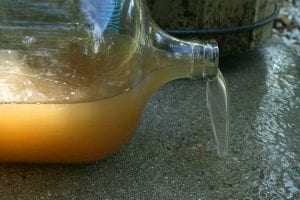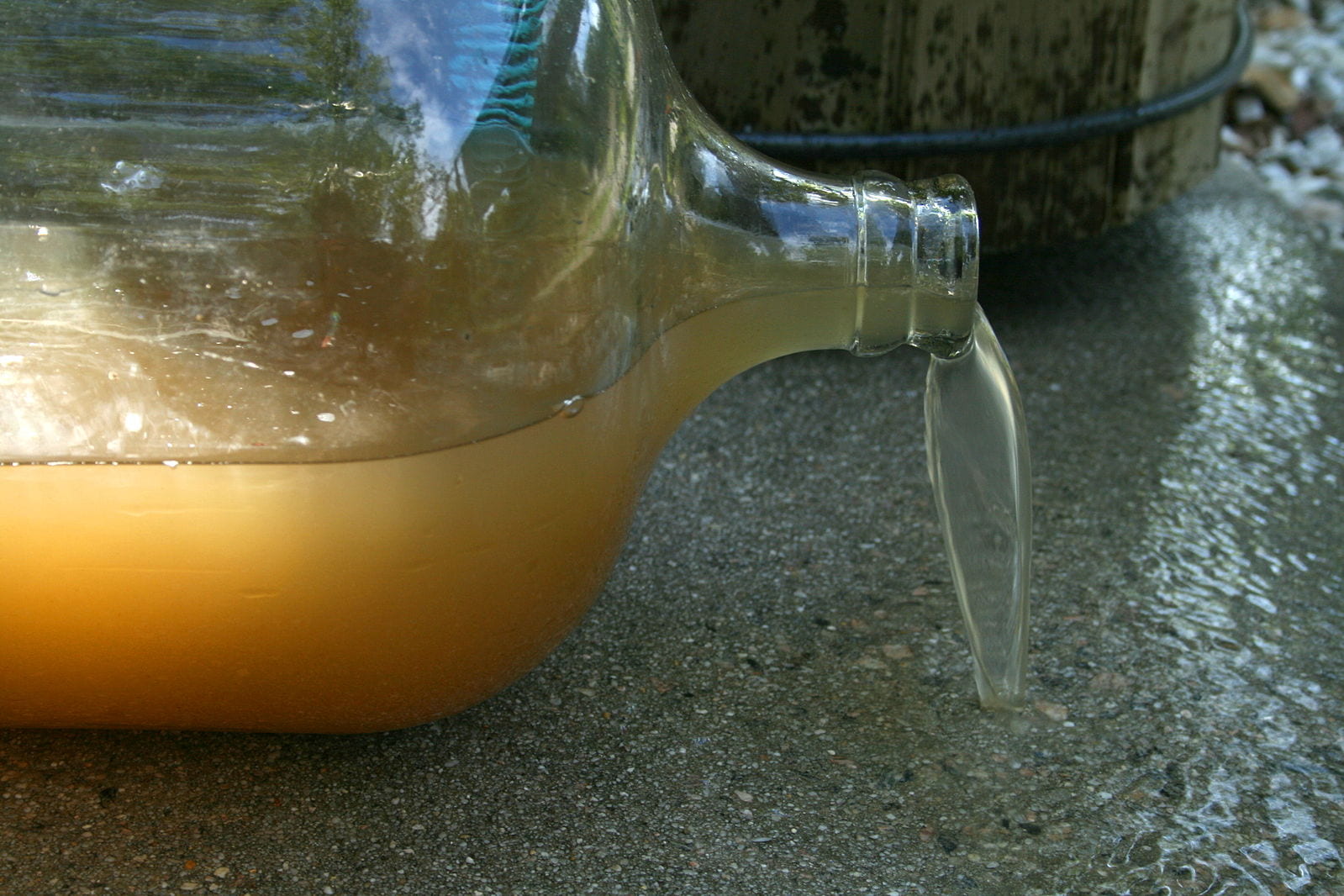
Access to clean water and sanitation is rarely something we have to worry about here in the United States; it comes out of faucets and water fountains at a seemingly endless supply. However, in many parts of the world—including some areas of the United States—access to clean water and sanitation is a major issue and can affect more than just people’s physical health.
In 2010, the UN recognized access to safe water and sanitation as a human right, and the issue was included among the UN’s sustainable development goals in 2015. With the UN’s focus on clean water access, many developing countries have started making efforts to increase access. However, many developed countries, like the United States, have neglected to develop their rural areas, which leaves a significant portion of their population without clean water for drinking and sanitation purposes. In fact, their situations can be similar to situations in developing countries.
Many Americans would be surprised to know that in more rural areas, it’s often not uncommon for people to go without a sophisticated sewer and water system because the infrastructure has not yet been built. In Lowndes county in Alabama, a largely rural and agricultural area, less than one fifth of the population has a safe way to dispose of their sewage waste. This issue can cause the sewage to back up into their systems or to overflow to their backyards. Neither of these outcomes are ideal for promoting health.
The people that are mainly affected by water insecurity and a lack of clean water in the United States are those that are already disadvantaged; the higher your income, the more likely it is you will have complete and adequate plumbing. This leaves those that live in lower socioeconomic areas with lower performing schools and fewer resources more likely to experience issues like inadequate plumbing and lead-contaminated water.
The systems that have the most problems are the ones that serve rural communities. When a city has a sewer issue, more people are paying for the water, so the extra cost is distributed more widely. In a rural community, there are less people to distribute the cost across, so it’s harder to come by the money to update the sewer systems. Because smaller communities have a harder time paying for necessary repairs and upgrades, the residents in these areas have to choose between drinking contaminated water or paying for bottled water.
Another issue that arises is when communities have a city water system but lack the appropriate people to run it. Some areas have no one to run their systems, while other rural sewer systems are operated by volunteers. In Kanawha Falls, West Virginia, a resident was elected to clean the water, but failed to test and report the water, and the state threatened to arrest him. Scotts Mills, Oregon cannot afford to hire workers for the water system, so they rely on volunteers and community reports of smells to know when work needs to be done.
Because some systems don’t have the staff and infrastructure to test regularly, many don’t realize their water is contaminated until they experience an adverse health outcome. For example, in Kanawha Falls, cited 2 thousand times over ten years for not testing and reporting water quality, a man who had skull surgery got two infections from the contaminated water. He now has to keep his head covered when he showers.
These problems aren’t exclusively in rural areas; lower-income areas—typically those in minority communities—also experience these problems. The most famous example is the lead poisoning in Flint, Michigan, where 62.6% of the population is a racial or ethnic minority. At one point, the lead levels—caused by improperly treated water corroding pipes—were almost three times past being considered hazardous waste. While the lead contamination was discovered in 2015, Flint is still dealing with these issues today. The lead’s effect on the community of Flint was enormous: children came down with a rash and mysterious illness; experts believe that lead was responsible for 198 to 276 fetal deaths; and twice as many children were diagnosed with lead-poisoned blood than before.
Flint is not the only area that has experienced issues like this, and Flint is not the only community at risk. Using income information and housing age, Vox and the Washington State Department of Health created a map to show what areas are more susceptible to lead poisoning. They also take the potential of lead paint into account, but the map shows that the at-risk areas are mainly cities, especially those that used to be industrial areas. Looking at the cities I know—Birmingham and Chattanooga—I can tell the areas at the highest risk are those that have a large minority population.
Water insecurity affects people’s mental health as well. Those that have less access to clean water experience more emotional distress. One thing many people, especially in urban areas, count on is easy access to water from their taps. However, when that easy access turns out to be harmful, like it is in Flint, anxiety and worry can rise. Parents that unknowingly gave their children contaminated water may feel guilt even though they didn’t intentionally give their children toxic water. In Flint specifically, levels of fear and anxiety were at an all-time high following the news of the contamination. In 2016, there were reports of parents coming to the ER with water-related breakdowns; many were distressed over the health of their children.
In areas where there’s a lack of water altogether, people can face similar issues. A lack of access to water—whether it be a loss of water through drought or a lack of water to begin with—has been connected to decreased mental health. Those in areas that are water insecure may experience anxiety, water-related emotional distress, and insomnia, among other symptoms. Additionally, the effects of dehydration play a role in mental health. Dehydration has been linked to increased stress, anxiety, depression, and panic attacks. Those facing water insecurity are more likely to become dehydrated, so these symptoms should not be taken likely.
Water insecurity and lack of clean water access disproportionately affect minorities and rural populations. This means these already disadvantaged groups are more likely to experience the adverse effects. Clean water access is considered a human right, but even here in the United States there are people suffering from a lack of clean water.

